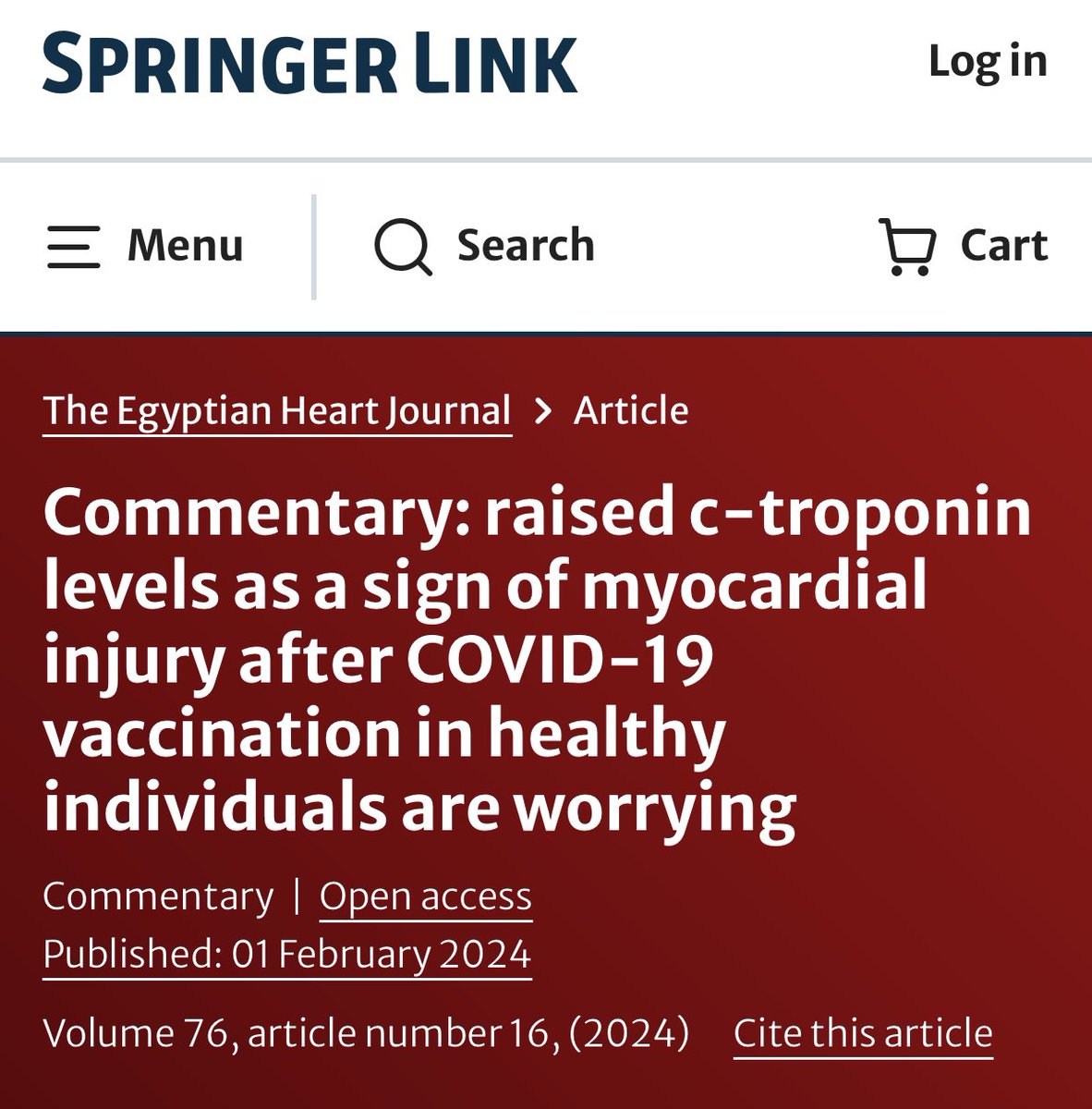1/“Hey Rose, it’s time to print the articles we cued up to make parents jab their kids. To make it extra scary, don’t mention that 75% of kids already have natural immunity, and tell them that the parents/grandparents vax stops working at 5 mos, and tests are giving false negs.” 

2/ (75% of kids already have natural immunity. I guess NYT forgot to coordinate their messaging with the Telegraph) —> telegraph.co.uk/news/2021/10/2… 

3/ Scary chart in NYT article to remind them that their vaccine stops working at 5 months and they better run and get their booster because Johnny is going to bring it home and kill you. And, might as well increase sales with some boosters to adults while we’re jabbing kids. 

5/ And now let’s really bring it home by seeding doubt in their minds about the tests. We know many are testing negative, but you can’t be too sure of that negative test, because that negative test might really be positive. 

6/ And that, my friends, is how you convince parents to go jab their kids.
7/ Reference Article: nytimes.com/interactive/20…
• • •
Missing some Tweet in this thread? You can try to
force a refresh















